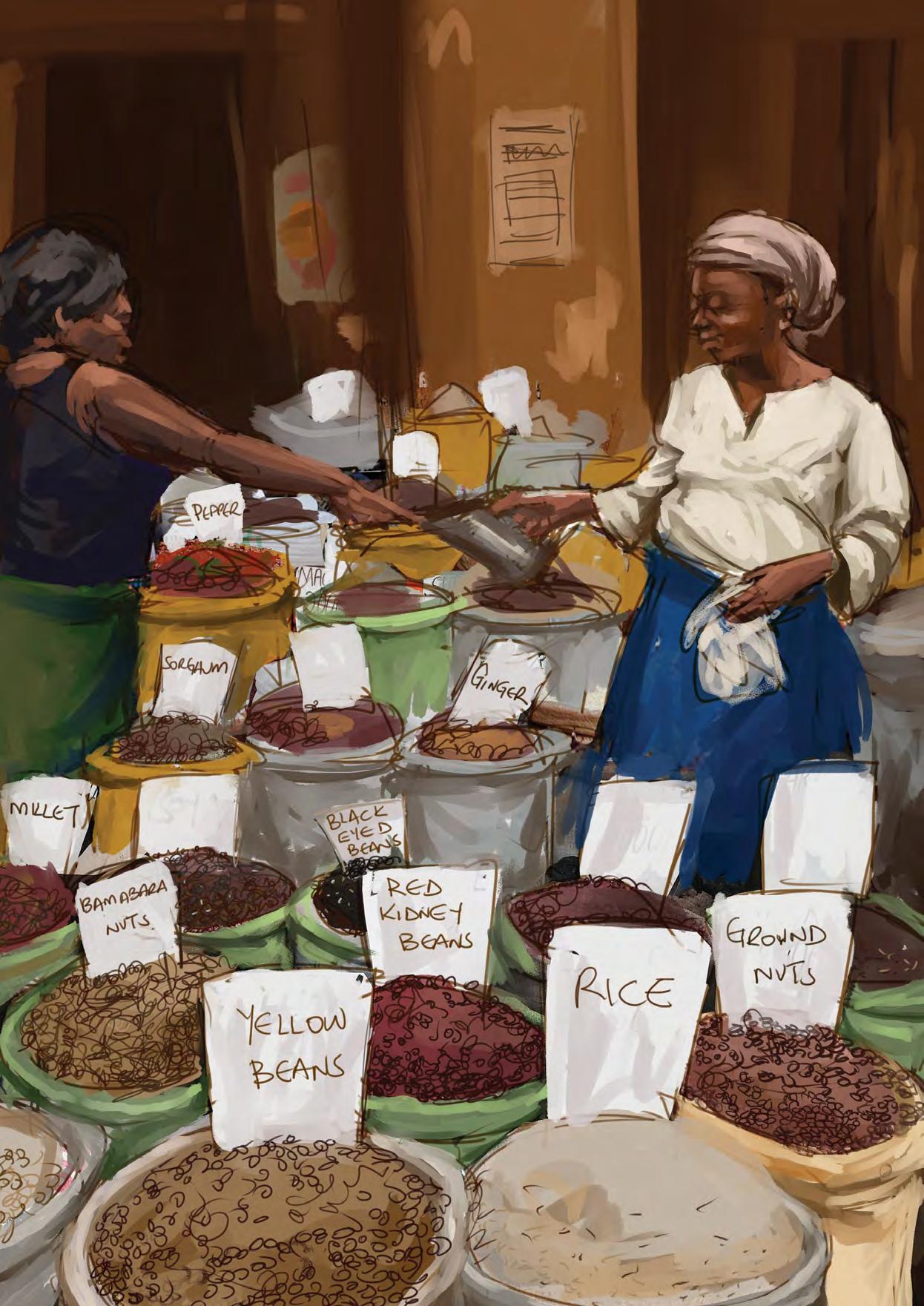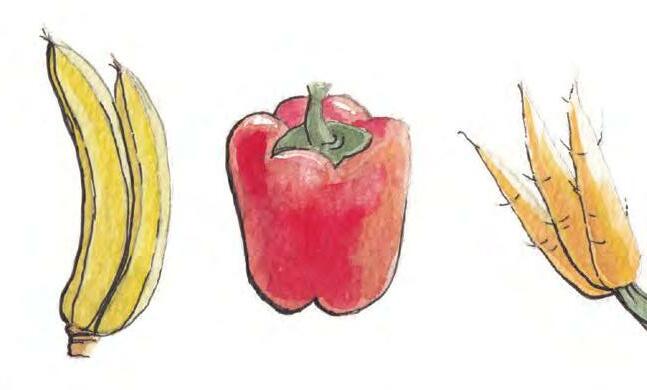
12 minute read
Fortification and Biofortification: Silver Bullet or band-aid?
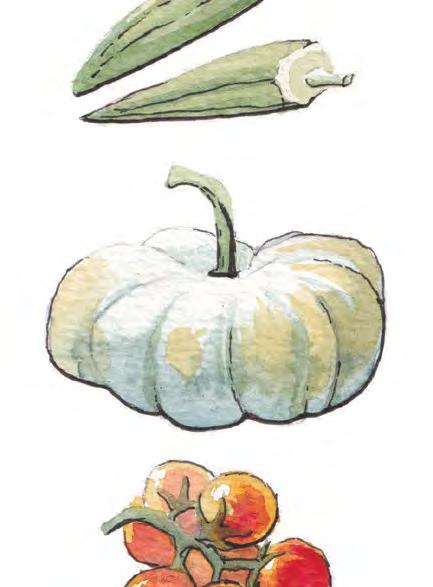
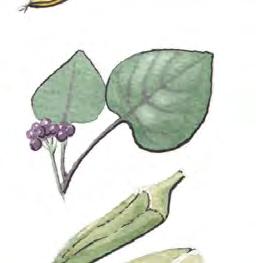
Advertisement
5 Fortification and Biofortification

Silver bullet or band-aid?
The students were laughing at one of Njabulo’s jokes when Monica stepped into the seminar room.
“Good morning students. It is good to see you all in such a good mood!”
“We are all excited to know why you sent for us,” said Fanza.
“Take your seats and I’ll explain. Firstly, I want to give you some feedback on your assignments and secondly to discuss a controversial topic. I am extremely impressed with the research you have all done. Indeed, I am hoping to submit it for publication with AFSA who are producing that Barefoot Guide that I told you about. Here are some specific notes for each pair.” The students were beaming, and some patted their neighbours on the back, as she handed out the papers.
“And the second thing?” asked Estridah.
“Today, we’re going to discuss fortification and biofortification of food. I have a story from the Barefoot Guide on this but before I share it, can anyone tell me what they know about the topic?”
Fortification of food happens when extra nutrients are added directly to the food that are not normally there to address a specific deficiency. For example, adding iodine to salt to prevent goitre.
Biofortification is the process by which the nutritional quality of food crops is improved through agronomic practices, conventional plant breeding, or modern biotechnology. Biofortification of staple crops is proposed as a strategy to address micronutrient malnutrition, such as vitamin A, iron, zinc, and folate deficiencies. It involves indirectly increasing the content of an essential vitamin or provitamin, mineral, or other substance in crops to support nutritional or health goals. Biofortification can be achieved through plant breeding or genetic engineering.
“I must admit, I don’t know that much,” said Abdou, “but from what I’ve seen some fortification and biofortification programmes have really helped, such as putting iodine in salt to help people with goitre or growing hybrid plants that have extra vitamins. At one level it makes so much sense.”
“Also, when you see the high rates of malnutrition amongst children in some places, which can lead to stunting, it seems critical to ensure that kids in those places get the missing micronutrients. Surely, they deserve that chance?” continued Kamali.
“I can understand these perspectives,” Monica said. “Let’s read the story and then discuss it afterwards.”
A community considers biofortification
by Mugove Walter Nyika and By Tafadzwa Nyanhanda
The evening silence was only broken by the occasional sound of barking dogs. Milando was playing in the kitchen while waiting for her mother to finish cooking dinner. Soon it was time for the evening news bulletin. He crawled closer to the radio to hear that the government had given farmers permission to grow provitamin A biofortified maize in his village.
Milando had never heard of biofortification before, so he asked his mother who looked at him and smiled. ‘’I am not sure, Milando. Tomorrow there is a community consultation about it. Would you like to come? You have never been to one before, have you?” she said as she continued with her cooking.
“Yes, yes, I mean no, I haven’t been, but yes, I want to come!” exclaimed Milando, excited to be able to go to an important meeting of grown-ups at least.
Biofortification. Such a big word. Many questions came into his mind. Was the provitamin A maize going to be as tasty as the organic traditional maize? Will the cost of the maize remain the same? What about the colour?
The government consults the community
It was an overcast day with dark clouds gathering but this did not deter Milando from attending the community consultation. As a young adult, he wanted to know more about biofortification! The meeting was going to be under the shade of an Acacia tree, which was centrally located in their village. It was the main meeting point in their village and various activities occurred under this tree. Various community leaders, community members, civil society organisations and scientists had come and gathered for the meeting. You could sense the mix of curiosity and anxiety in the air as all the stakeholders waited for the meeting to commence. There were strong feelings regarding the government’s decision to introduce provitamin A biofortified maize in their community.
There was a high prevalence of Vitamin A deficiency in their community. This was leading quite a few people suffering from skin inflammation, night blindness and respiratory infections among the community. The nurses at the clinic explained that other health problems also included infertility and delayed growth. So the issue of the lack Vitamin A in the diet had become a major concern.
Vitamin A biofortified crops were being presented as a solution to address this problem.
Milando’s grandmother had night blindness and so he was familiar with the negative effects of Vitamin A deficiency.
At the announced time, after lunch, a bit past 1 o’clock, the village chief introduced the government delegation to the community, which consisted of scientists and politicians. One of the scientists, Maryam, who had grown up in their community then stood up, cleared her throat and spoke “Good afternoon, everyone, let me start by describing what biofortification is.”
You could have heard a pin drop as everyone listened attentively. “Biofortification is when we indirectly increase the content of an essential vitamin or provitamin, mineral, or other substances in crops to improve nutrition or health outcomes. From the health clinic records, we know in this village has quite a high prevalence of Vitamin A deficiency. Provitamin A helps produce Vitamin A. So, it is hoped by introducing biofortified maize with high levels of provitamin A, it will lead to a reduction on Vitamin A deficiency in this community. Are there any questions at this stage?”
The argument begins
Judah, a renowned local medical assistant, who also did farming in the community, stood up and interjected:
“Yes, why can’t the government support our local diversified farming systems so that we can consume more diverse traditional diets rather than a small number of “nutritionally enhanced” crops? We never had vitamin or mineral deficiencies in the past, only since we started growing modern monocrops that the government has pushed onto us.” There were several cries of “Yes!” and “Exactly!” He continued,
“Alongside vitamin A deficiency, we have several micronutrient deficiencies such as zinc and iron, which obviously will not be addressed by your solution.” Judah raised his arms. “So why are we focussing on one micronutrient at the expense of others. Are you going to give us a new solution for each of those? Why not promote healthy diverse diets using locally available crops? We already have the answers, we just need you to support us and stop pushing unhealthy modern methods onto our people and misleading them by telling us it is the ’modern way’!” Judah was certainly fired up and kept going.
“Do we even know what the nutritional outcome will be when a single nutrient is added in significant quantities when several nutrients are lacking in diets, for example, could there be malabsorption of other essential nutrients. Judah raised his arms. “So why are we focussing on one micronutrient at the expense of others. Are you going to give us a new solution for each of those?
The main African crops that are being bio-fortified
r g hum S o
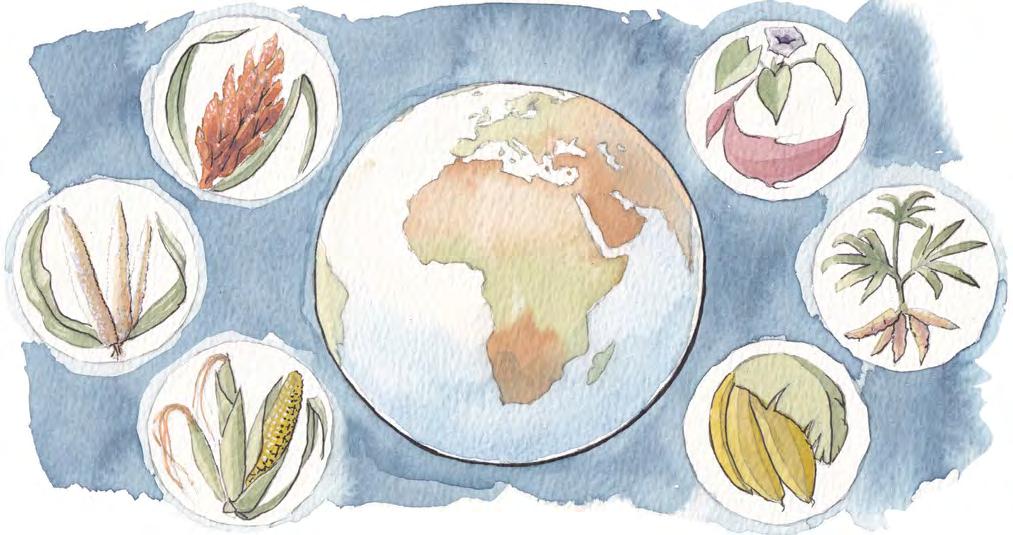
P ea r l M i llet p o tato Swee t
s sava C a
a ize M
B a nana
“For instance, I know that iron supplements can interfere with the absorption of zinc in high doses. Again, I say that addressing deficiencies in our community would be best done by encouraging consumption of diverse traditional diets and not monocultures or single foods!”
Maryam was surprised that there was someone so well informed in the community, but she swallowed hard and continued: “Oh yes, I do understand your position, but you will have to understand that no single intervention will alleviate all micronutrient deficiencies. Biofortification helps to complement existing interventions, such taking vitamin pills and industrial food fortification. Biofortification in the long term can be cost-effective and its benefits can reach underserved, rural populations”.
The concerns grow
The atmosphere was now thick with tension. Milando could overhear some of the community members discussing amongst themselves, posing various questions “Will this not erode our traditional crops and diets if we introduce novel modern crops and diets”, “Is this safe? Will this taste good?”
The village chief called for order. “Please, can you tell us why the government can’t promote diversity in farming and in diets, not monocultures or single foods? We have allowed ourselves in the past to be misled into growing food that is not healthy. But by placing value on local plants and animals, food cultures, seeds and local knowledge that sustain health and keep communities strong, we could certainly address micronutrient deficiencies in our communities”.
Maryam looked a little uncertain. “Chief, I am afraid that is not in my department. My speciality is only biofortification.”
“Tell me, young lady,” Grandma Thelma raised her voice. “How on earth do you put Vitamin A into the crops? Is it done by farmers or by scientists up in their laboratories?”
Maryam smiled and added, “Perhaps to give you a bit more clarity, let me describe the methods used to achieve biofortification. Biofortification can be achieved through three main methods: through adding fertiliser to the soil or leaves, through conventional plant breeding or through genetically modifying crops…” As she said this you could feel the tension in the air, and this caused a bit of an upstir. An older looking gentleman from one of the civil society groups piped in and commented,
“Could there be any unintended effects like allergies and impacts on environmental biodiversity?”
Judah chipped in “And what about toxicity or excess micronutrient intake?”
Maryam responded, “We did not look into environmental impacts, only the direct health/nutrition impact on individuals. As far as toxicity or excess intake is concerned, so far, we have not seen any, but the programme is young. However, as a scientist I must be honest that we do not know all the answers. But we are concerned with the health of families now. How long will it take to restore a more diverse and natural approach to farming that you talk about?”
The group turned to Amai Shingai, known as the best natural farmer in the area. Amai Shingai lifted her head. “As you know I’m Chairperson of the Kubatana Women’s group. We started off by fencing an area to grow vegetables in the dry season near our well in the river bed. We all learn together, growing many different vegetables using natural farming practices. We have problems with pests sometimes but are managing well. We’re happy to share our learning with others. Our aim was to eat more healthily and have a diversity of our local foods. And we do that. I’ve been helping group members to use less fertilisers in the cropping fields. Some are succeeding quickly, others taking longer. But I believe it will be possible for everyone to stop having to buy expensive chemical fertilisers and use natural methods to keep soils healthy. Part of doing this is growing a mixture of crops and that’s exactly what brings healthy eating.”
As Maryam was collecting her thoughts there was a sudden downpour and with shouts and whoops everyone scurried to their homes leaving a disappointed Milando with so many questions left unanswered. Where could he find the answers, he wondered? Why had local crops full of vitamins been neglected by the government who instead promoted expensive hybrid seeds? And what could communities do about that?
DISCUSSION QUESTIONS
What do you think about biofortification? Where is it helpful and where is it the wrong way to go, and why?
“What’s your reaction to the story then, students?” asked Monica.
“For myself, we have to be careful going for the simple silver bullet. It may seem obvious to enrich the maize meal with Vitamin A,” came in Fanza. “Or so I thought until now!”
“Iodine in salt, Vitamin A in flour. Why wouldn’t you?” said Estridah. “But where does it end? What will people be telling us we must eat to be healthy in 40 years’ time?”
Ajay jumped to her feet, “It’s not that fortification or biofortification is always wrong or right.”
Njabulo added, “We used it for goitre but now we’re starting to use it for everything. Instead of being a supportive approach it’s becoming the main approach.” I think fortification and biofortification must be a supportive approach that we only use when it’s essential.”
“I read in the news recently,” Kamali added, “that the US government is going to put a lot of money into supporting industry in many African countries to add nutrients to food as it’s being processed. This is treating the symptoms of the problem. Maybe that’s necessary at times, like in the case of goitre or for kids in a refugee camp who just can’t get access to a diverse diet. So yes, if dealing with the exceptional situations becomes the norm, then we’re going wrong, surely?”
“Yes, I think you’ve hit the nail on the head,” came in Monica again. “Quick fixes only cause long-term problems. Mechanical thinking doesn’t work with living systems where everything is interconnected. In addition, of course, there’s also the issue that there are those who make lots of money out of biofortification and they have loads of money to influence government policy.
“It’s time to go now. Here are your new assignments for the next round of research. I would like you to pair up differently. Keep up the good work!”
Food for thought
“The Bill & Melinda Gates Foundation, for example, is funding work on “biofortification,” breeding higher levels of micronutrients into key staple crops in Africa, including cassava, sweet potatoes, maize, and yams. HarvestPlus, the group carrying out the biofortification work, says its aim is to reduce “hidden hunger,” the malnutrition caused by a lack of micronutrients such as zinc, iron and, yes, beta-carotene, the same nutrient that red palm oil provides in abundance. The reason these are lacking in people’s diets, they maintain, is because of poverty and because staple crops don’t contain enough of them. But really, it could be argued that if Africa were not drowning in cheap, refined and bleached, and nutrient-poor palm oil from Asia, there would be little need for cassava or maize crops biofortified with micronutrients. It is perplexing that biofortification researchers are breeding orange maize and cassava with high levels of beta-carotene when traditional diets that were high in such nutrients are being eroded by the advent of modern industrial diets.”
From Joan Baxter’s Seven Grains of Paradise: a culinary journey in Africa
Fertilisation? Supplementation? Dietary diversity education?

MICRO NUTRIENT ADEQUACY?
Commercial fortification?
GMO seed? Breeding?
NOTES
